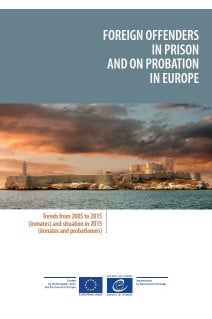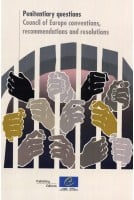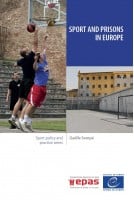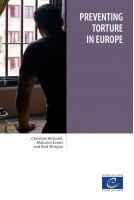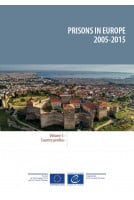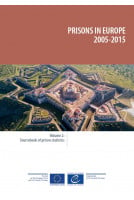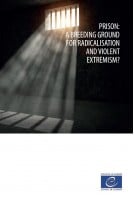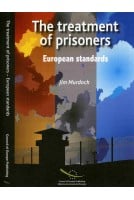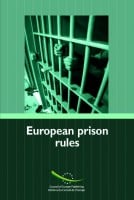Is there really an over-representation of foreign citizens in European prisons? Is the presence of foreign inmates comparable across regions and countries of Europe? How can one explain the differences in the trends shown by the absolute numbers and the percentages of foreign inmates from 2005 to 2015? Do foreign citizens have less access than nationals to alternatives to imprisonment? Do the data available allow researchers to establish whether the growth in the use of community sanctions and measures since the 1990s plays a role in the fluctuations observed in the percentage of foreign inmates? The answers to these and many other questions can be found in this book, which compiles and updates a series of specific indicators collected over 11 years through the Council of Europe Annual Penal Statistics (better known as the SPACE statistics), and accompanies the two volumes on prisons in Europe 2005-2015 in this collection. This volume includes maps and tables illustrating the state of prison (2005-2015) and probation agencies (2009-2015). In addition, the situation is analysed through individual country profiles, which include key facts and graphs covering the years 2005-2015.
KEY FINDINGS
ABOUT THE STUDY
AIM
METHODOLOGY
MEETING OF THE SPACE I NATIONAL CORRESPONDENTS
MEETING OF THE SPACE II NATIONAL CORRESPONDENTS
CHARACTERISTICS AND LIMITATIONS OF THE DATA AVAILABLE
CONTENTS OF THE STUDY
DEFINITIONS
ACKNOWLEDGEMENTS
Part 1
MAPS
Part 2
TABLES
Part 3
COUNTRY PROFILES INTRODUCTION TO THE COUNTRY PROFILES
Albania
Andorra
Armenia
Austria
Azerbaijan
Belgium
Bosnia and Herzegovina: Republika Srpska
Bulgaria
Croatia
Cyprus
Czech Republic
Denmark
Estonia
Finland
France
Georgia
Germany
Greece
Hungary
Iceland
Ireland
Italy
Latvia
Liechtenstein
Lithuania
Luxembourg
Malta
Moldova
Monaco
Montenegro
Netherlands
North Macedonia
Norway
Poland
Portugal
Romania
Russian Federation
San Marino
Serbia
Slovak Republic
Slovenia
Spain (Total)
Spain: Catalonia
Spain: State Administration
Sweden
Switzerland
Turkey
UK: England and Wales
UK: Northern Ireland
UK: Scotland
Ukraine
CONCLUSIONS
